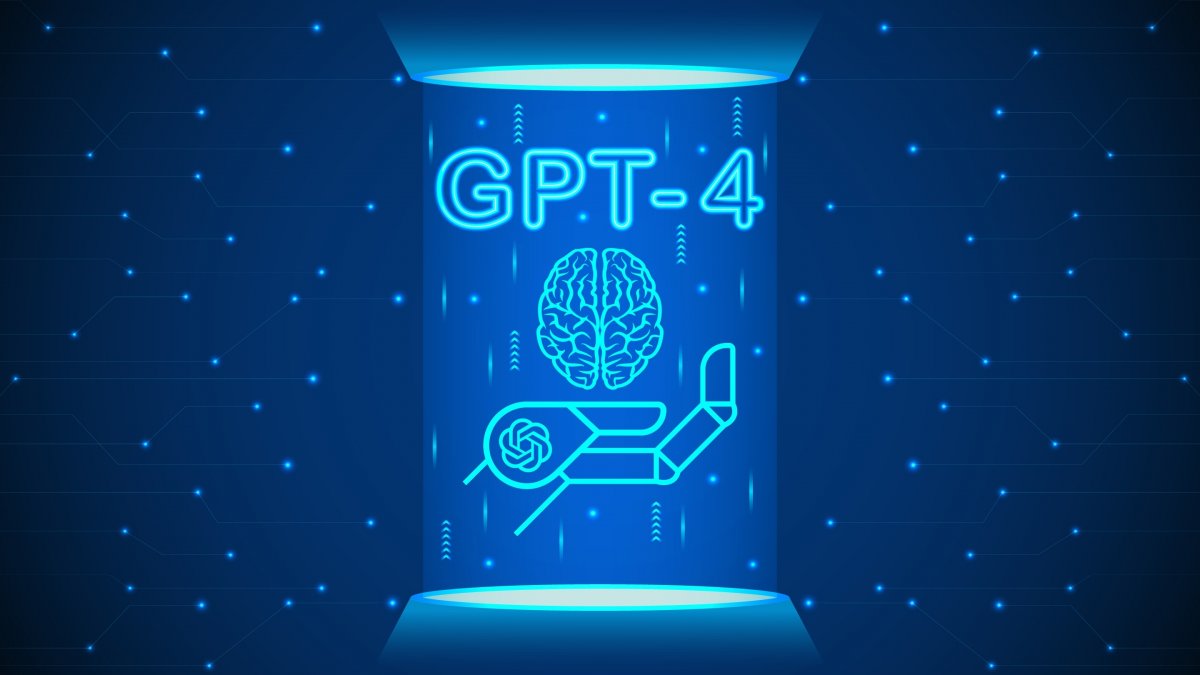The new generation of the AI system, GPT-4, has arrived. As reported by Heise last week, GPT-4 is no longer just a language model, but a multimodal model that can handle both text and visual input. This allows for more complex interpretation of input than previously possible. According to OpenAI, GPT-4 is more creative than its predecessor and geared towards collaboration. However, the problem of confabulation and generating harmful content still remains.
According to OpenAI’s CEO, Sam Altman, GPT-4 differs only slightly from GPT-3.5 in terms of conversational ability. GPT-3.5 is known for its use in ChatGPT’s chat interface. In internal tests, GPT-4 has a reduced probability of generating unwanted content and a 40% higher hit rate for facts than GPT-3.5. This model appears to have outperformed ChatGPT on popular benchmark tests, which is a significant achievement.
GPT-4 has undergone six months of security training and has been readjusted for desired behavior through human feedback in reinforcement learning. The technical research report and a blog post about the research work can be found on the OpenAI website. GTP-4 is said to outperform existing language models in most natural language processing tasks and compete with “the vast majority of known SOTA systems”.
Microsoft has announced that its new Bing search engine is already using GPT-4, which has increased the “emotionality” in longer conversations and the use of emojis. However, the increased capabilities of GPT-4 also pose new risks, according to the OpenAI team.
In conclusion, GPT-4 is a significant step towards widely deployable and secure AI systems. While there is more work to be done, the release of GPT-4 is an exciting development in the field of AI. For more information, see the OpenAI release notification.



